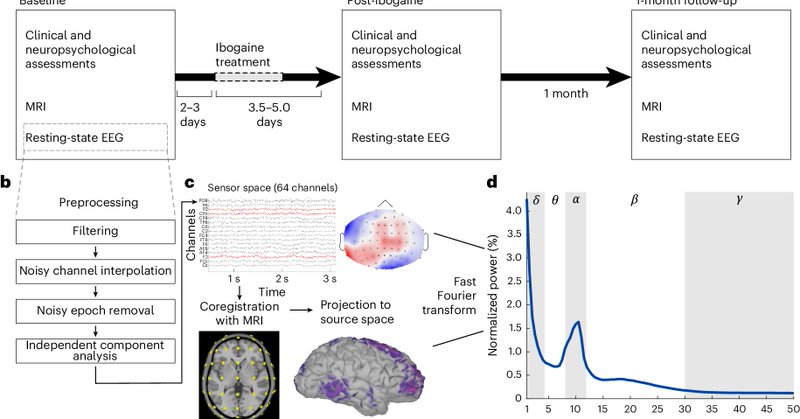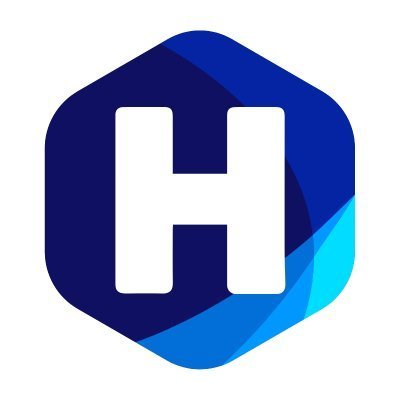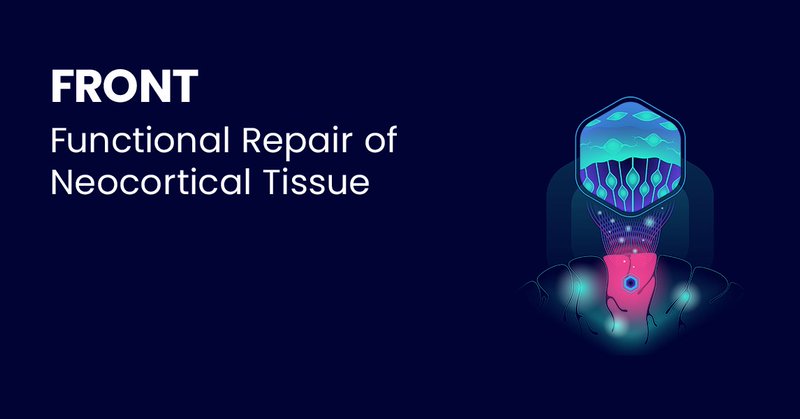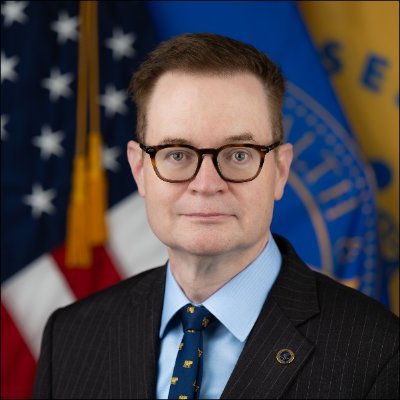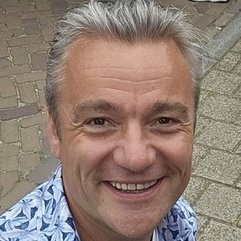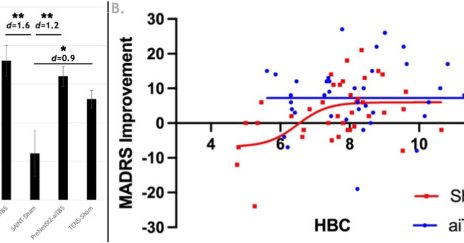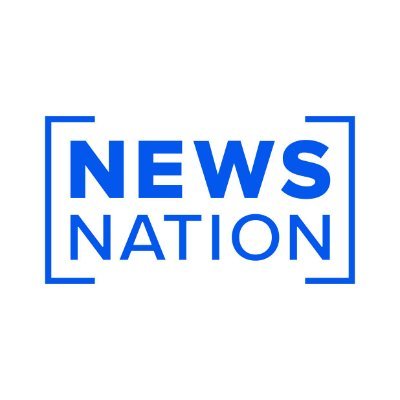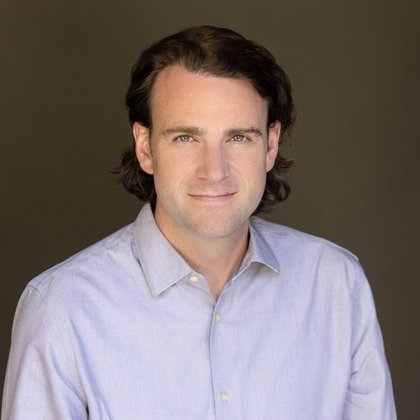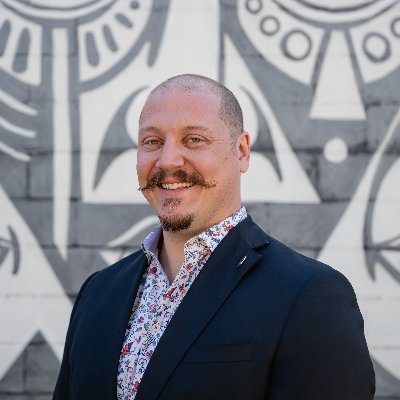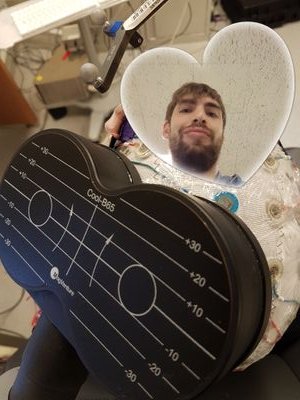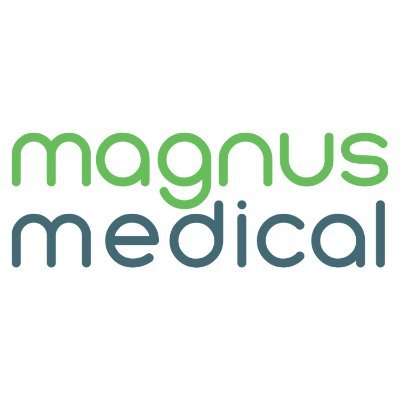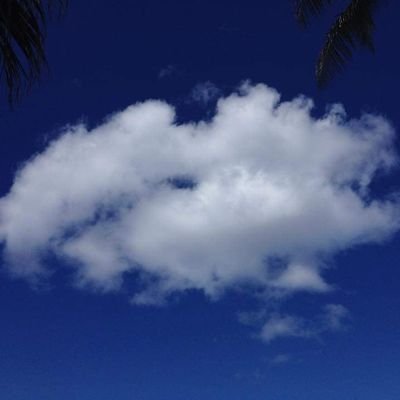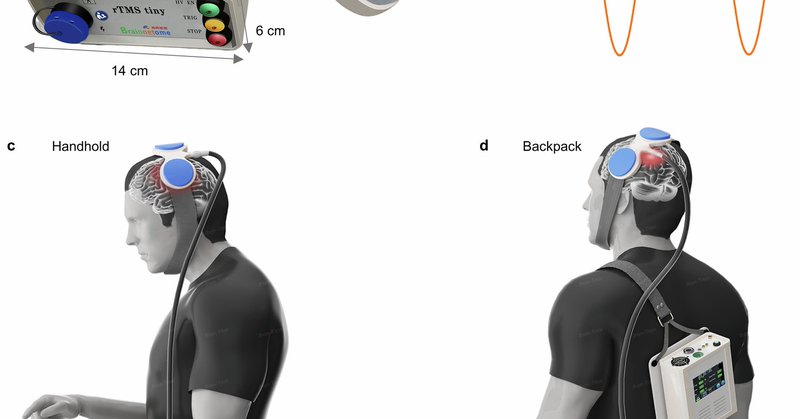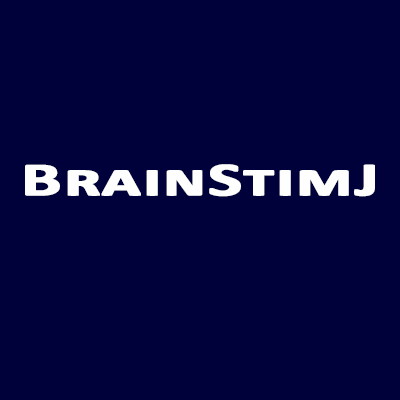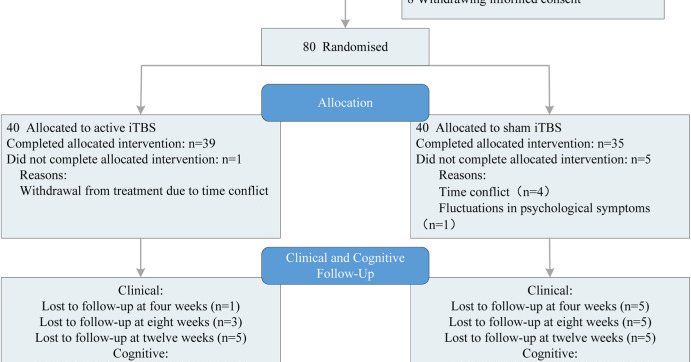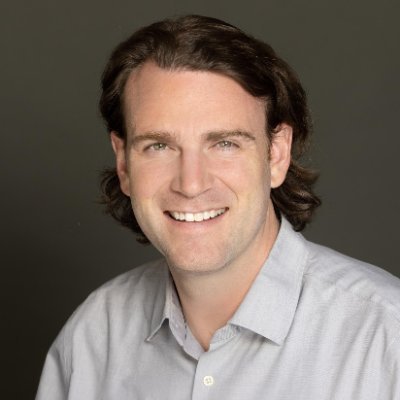
Nolan Williams
@NolanRyWilliams
Followers
5K
Following
2K
Media
36
Statuses
857
Professor, Stanford University. Director of @Stanford_BSL at @StanfordMed. Neurologist, Psychiatrist, Neuroscientist, Inventor.
Joined June 2009
NEW: No technology currently exists to repair damaged brain tissue and fully restore lost function. FRONT aims to enable millions with what is considered permanent brain damage to regain lost functions, including motor control, vision, and speech.
arpa-h.gov
The Advanced Research Projects Agency for Health (ARPA-H) supports transformative research to drive biomedical and health breakthroughs ranging from molecular to societal to provide transformative...
31
146
593
Millions of Americans are living with the damage caused by strokes and traumatic brain injuries. Today we launched a program in ARPA-H to restore function to the neocortex.
NEW: No technology currently exists to repair damaged brain tissue and fully restore lost function. FRONT aims to enable millions with what is considered permanent brain damage to regain lost functions, including motor control, vision, and speech.
19
58
423
Glad to see this published: Trigeminal nerve stimulation as a 'semi-active' TMS control condition: Heart-Brain Coupling identifying 'sham' response to TMS. Implications for power calculation, future meta-analyses and TMS trial design. https://t.co/7vkRNk0yfK Great collaboration
brainstimjrnl.com
The inertness of sham controls in transcranial magnetic stimulation (TMS) studies, particularly those involving Transcutaneous Electrical Nerve Stimulation (TENS), remains controversial. Using...
0
3
11
FDA Commissioner Dr. @MartyMakary tells @JillianMichaels on NewsNation’s #OnBalance that the agency needs to "listen to doctors" and expand its research on psychedelic drugs, calling it a top priority for the Trump administration. MORE: https://t.co/kA65G1x4R7
24
40
216
This is such a fascinating area of research 🧲 10 iTBS (rTMS) sessions/day ⌛️ 50-min intersession intervals ☀️ Up to 5 consecutive days 📋 50% response / 40% remission just after tx 🗓️ 60% remission within 1 month https://t.co/yUN2AADR2v
2
5
54
Another magical TED in the books. This year felt especially meaningful as I got to share the experience with my parents. A standout for me was a session curated by our brilliant friend @Liv_Boeree. IMHO it was the most powerful of the conference. Not a dry eye in the room after
3
2
27
My hypothesis was inspired by an episode of the @hubermanlab podcast with @NolanRyWilliams where they discussed advances in rapid Transcranial Magnetic Stimulation (rTMS) for the treatment of depression utilizing the SAINT protocol. (3/12)
1
3
13
1/11 How does our brain's hierarchical organization impact its response to stimulation? We found striking differences between "high-order" networks (involved in complex cognition) vs "low-order" networks (handling sensory/motor functions) @NatureComms
https://t.co/LyjzKhEbju
6
107
386
Ever wonder why some brain regions are more excitable? Using intracranial stim and recordings in humans, our team led by @Momi @saraparmi @StanfordBrain @andreapigorini @neurodidact @KellerStanfordU discovered a fascinating hierarchy in these neural responses 🧠⚡️
1/11 How does our brain's hierarchical organization impact its response to stimulation? We found striking differences between "high-order" networks (involved in complex cognition) vs "low-order" networks (handling sensory/motor functions) @NatureComms
https://t.co/LyjzKhEbju
4
18
92
And Nolan's Stanford Ibogaine study with veterans was jaw-dropping. One treatment session resolved their traumatic brain injury and had an enormous curative effect on all mental health co-morbidities measured (depression, anxiety, PTSD). It also cures OUD
Some amazing details: • A single ibogaine treatment removed TBI disability from 100% of the veterans. This is a neurological condition often arising from concussions. • Improvement persisted at 1 and 6 month followups. • “No other drug has ever been able to alleviate the
2
6
30
P͢s͢y͢c͢h͢e͢d͢e͢l͢i͢c͢ ͢S͢c͢i͢e͢n͢c͢e͢ ͢S͢y͢m͢p͢o͢s͢i͢u͢m͢ ͢2͢0͢2͢5͢ 1) From dosing octopuses with MDMA to treating stroke disability 💊🐙🧠 Gül Dölen closed out the science updates with her work on the mechanism of action of psychedelics. From the animal work, she discovered
6
8
66
Recent article in Brain Stimulation article discusses SAINT® as a personalized continuation therapy for depression: https://t.co/o7cUAGP8Il
#SAINT #mentalhealth #brainstimulation #neuromodulation
0
5
14
SAINT-TMS brings 70-90% with treat resistant depression to remission. How? 10 sessions a day with fMRI guided magnet over 5 days. This new study claims similar results with 3 sessions/day and no fMRI, but with remission rates of 34%, I'm not convinced: https://t.co/5ShwaGjEFA
7
10
61
anytime and anywhere, accessible to all. A wearable repetitive transcranial magnetic stimulation device | Nature Communications
nature.com
Nature Communications - Repetitive transcranial magnetic stimulation is used to treat various neuropsychiatric but its considerable power consumption and large size limit its potential for broader...
0
28
102
Yunyi Han, Fang Jin and team publishes: Accelerated personalized iTBS targeting brain circuits (dlPFC-VTA) significantly reduces negative symptoms in schizophrenia vs. sham (Cohen’s d=0.83). Imaging changes linked to improvement. https://t.co/VMbSQuQAJn
brainstimjrnl.com
The efficacy of non-invasive brain stimulation in ameliorating schizophrenia's negative symptoms remains to be validated. The mesocortical pathway, mostly comprising the ventral tegmental area (VTA)...
0
4
14
This was what I worked on at the @Stanford_BSL prior to joining @neuralink
Many people are depressed...and many depression treatments don't work. Theres a new treatment protocol that has a 78% success rate. It only takes 5 days and worked in treatment-resistant patients. It's called SAINT TMS. My cofounder @_katetolo was depressed and tried it.
4
5
111
